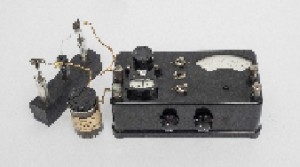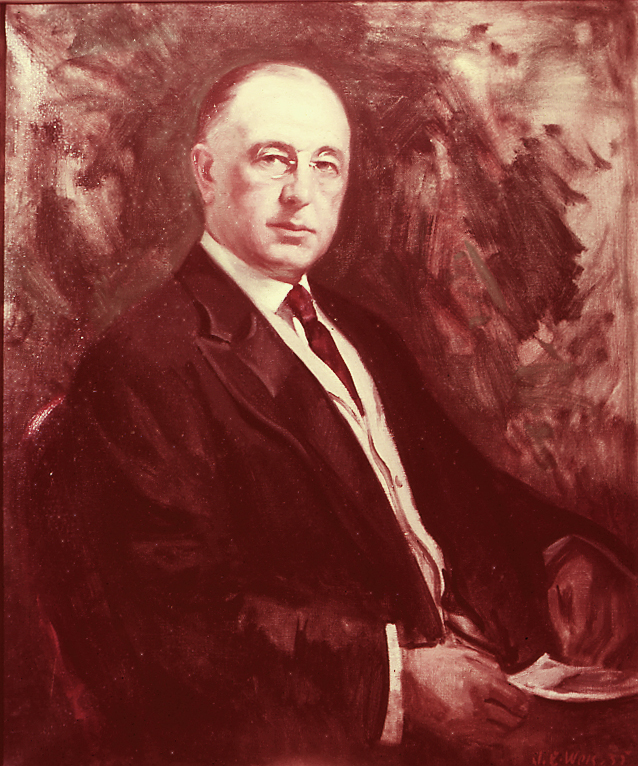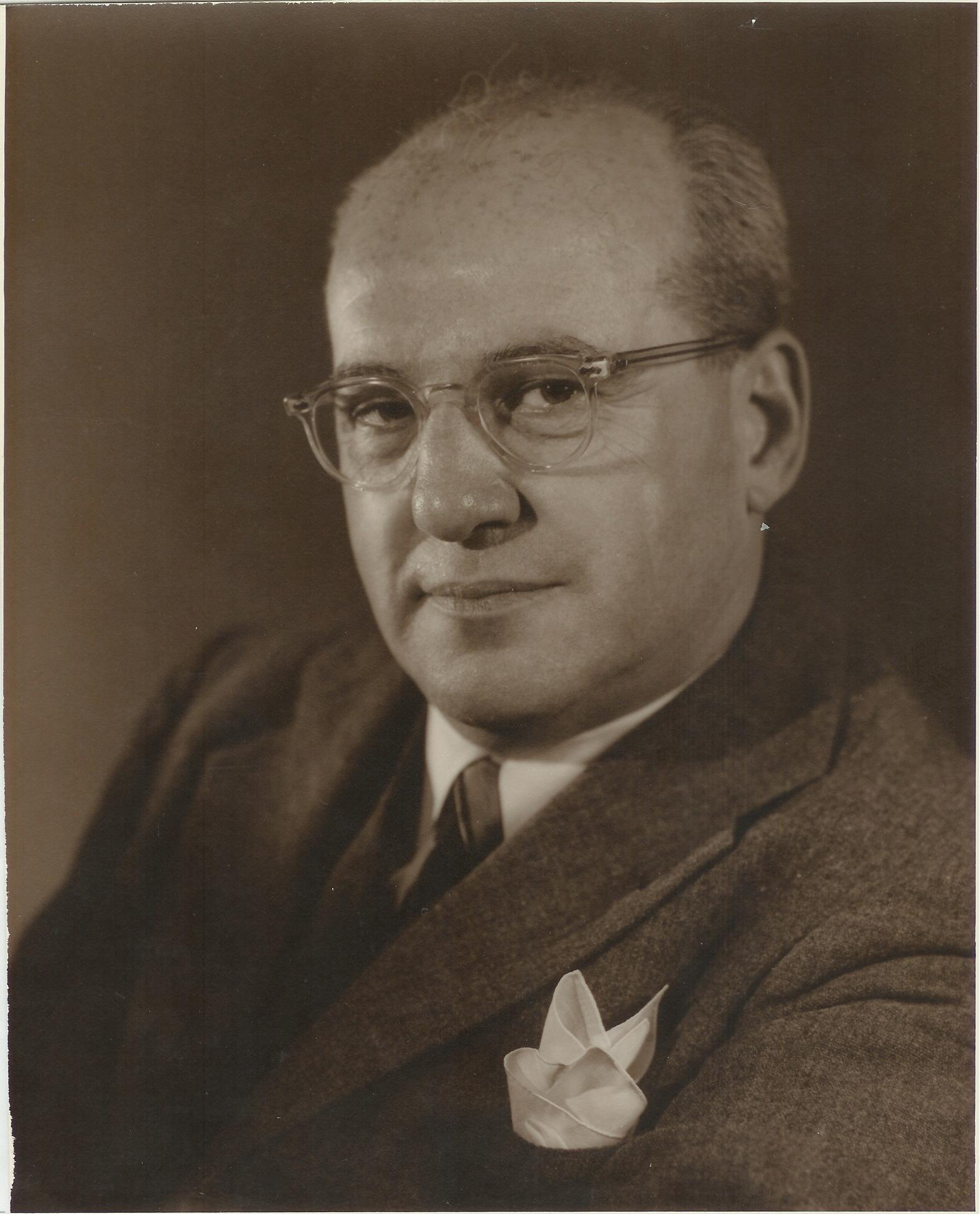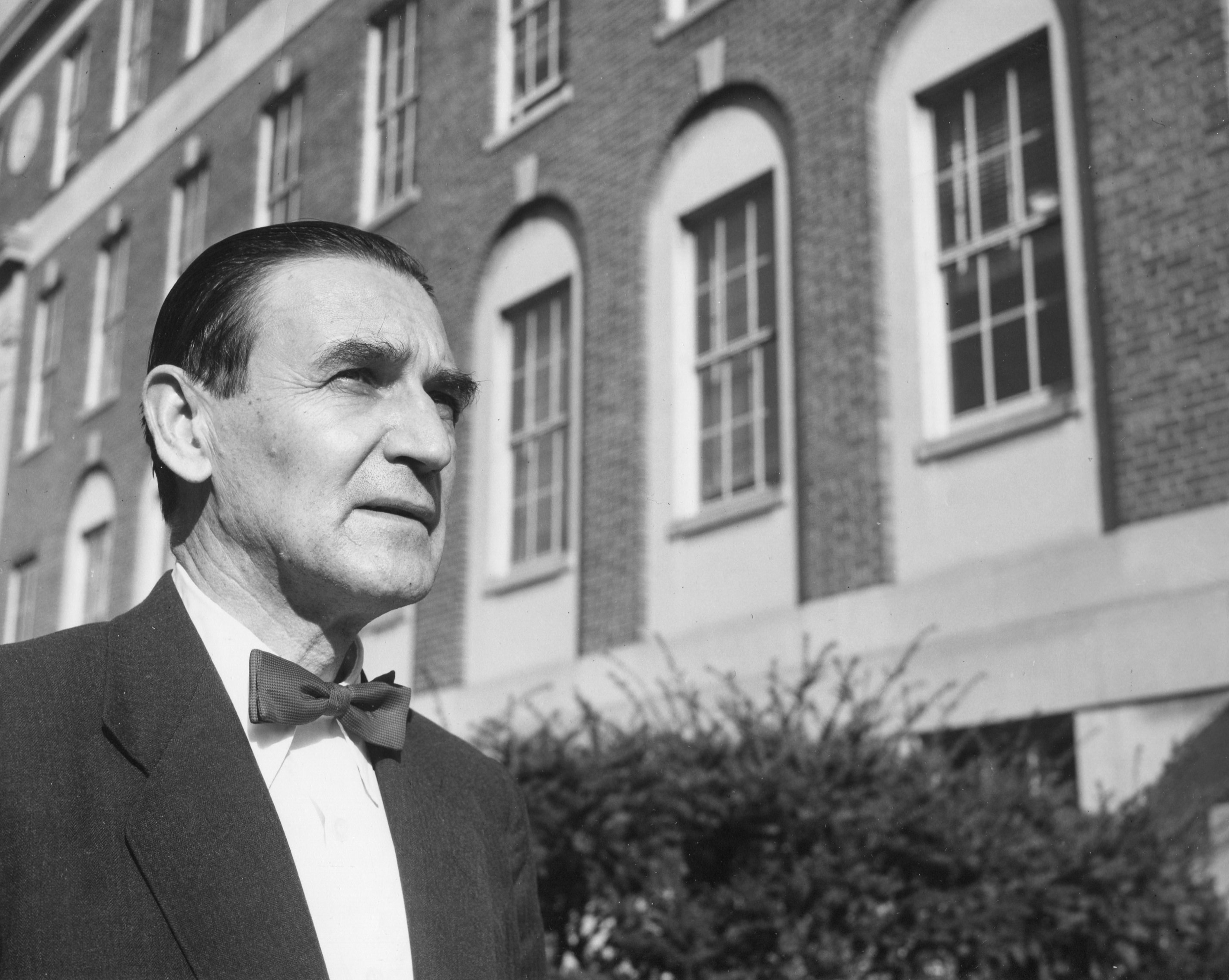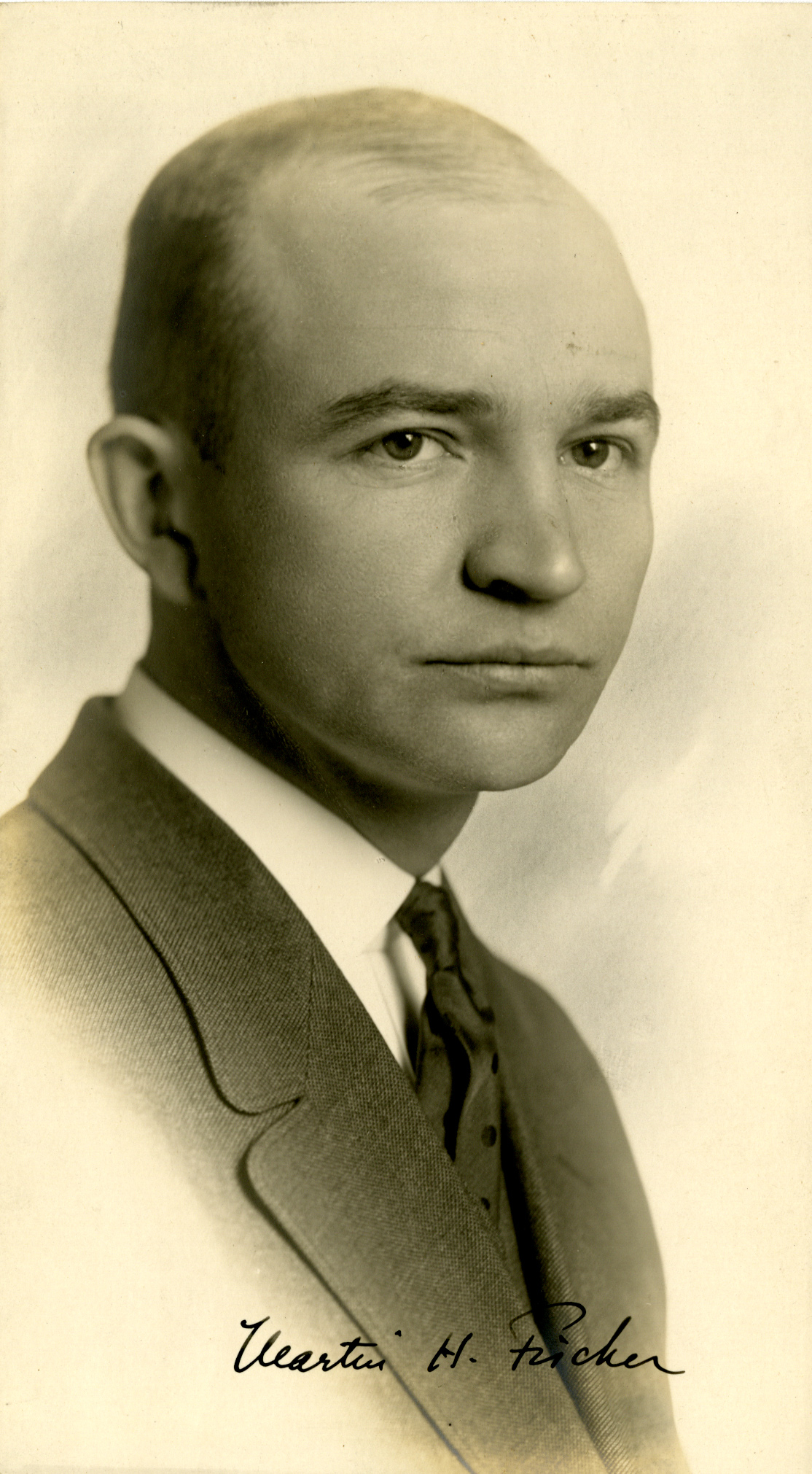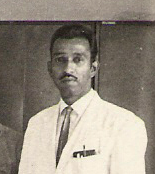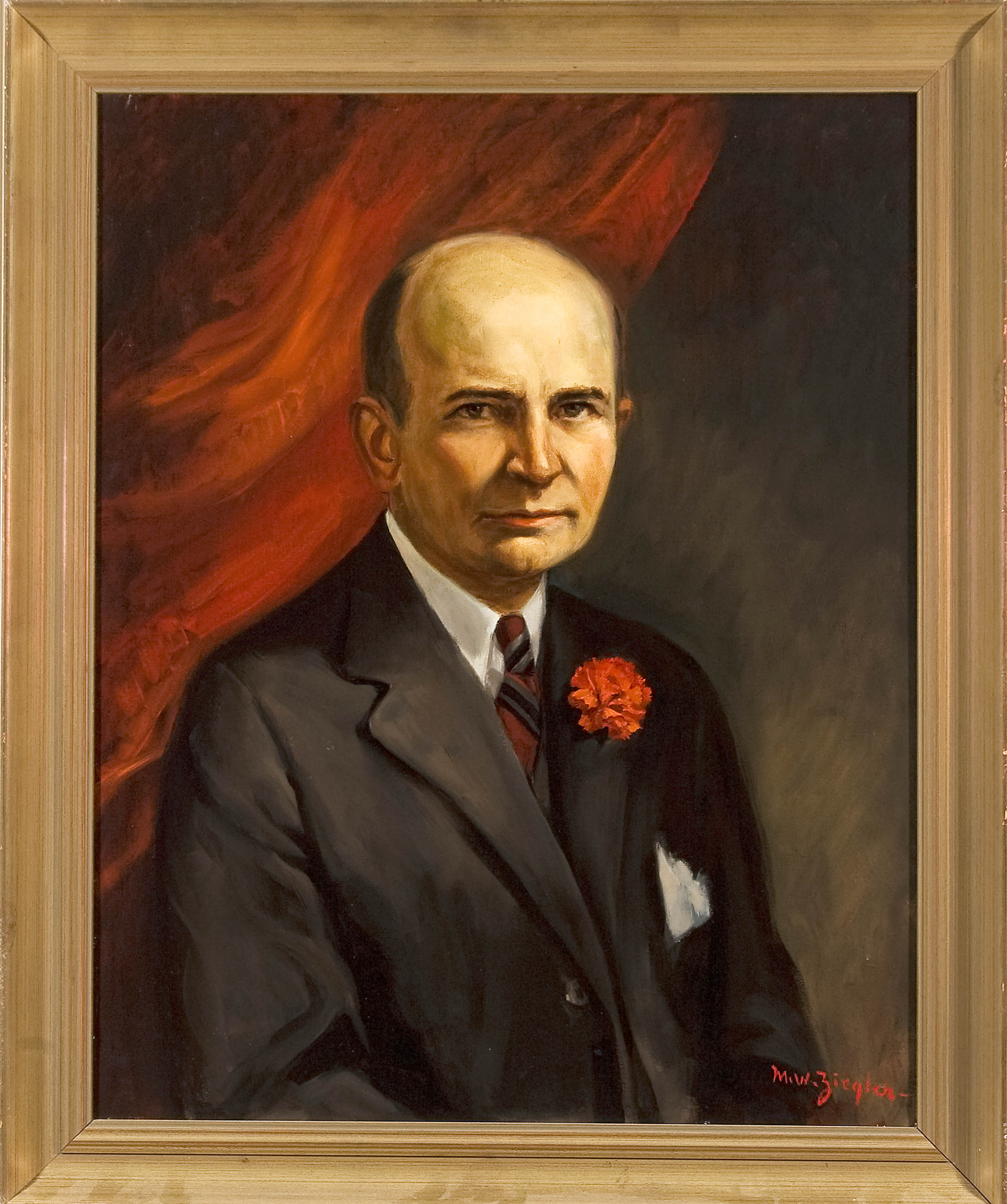By Nathan Hood
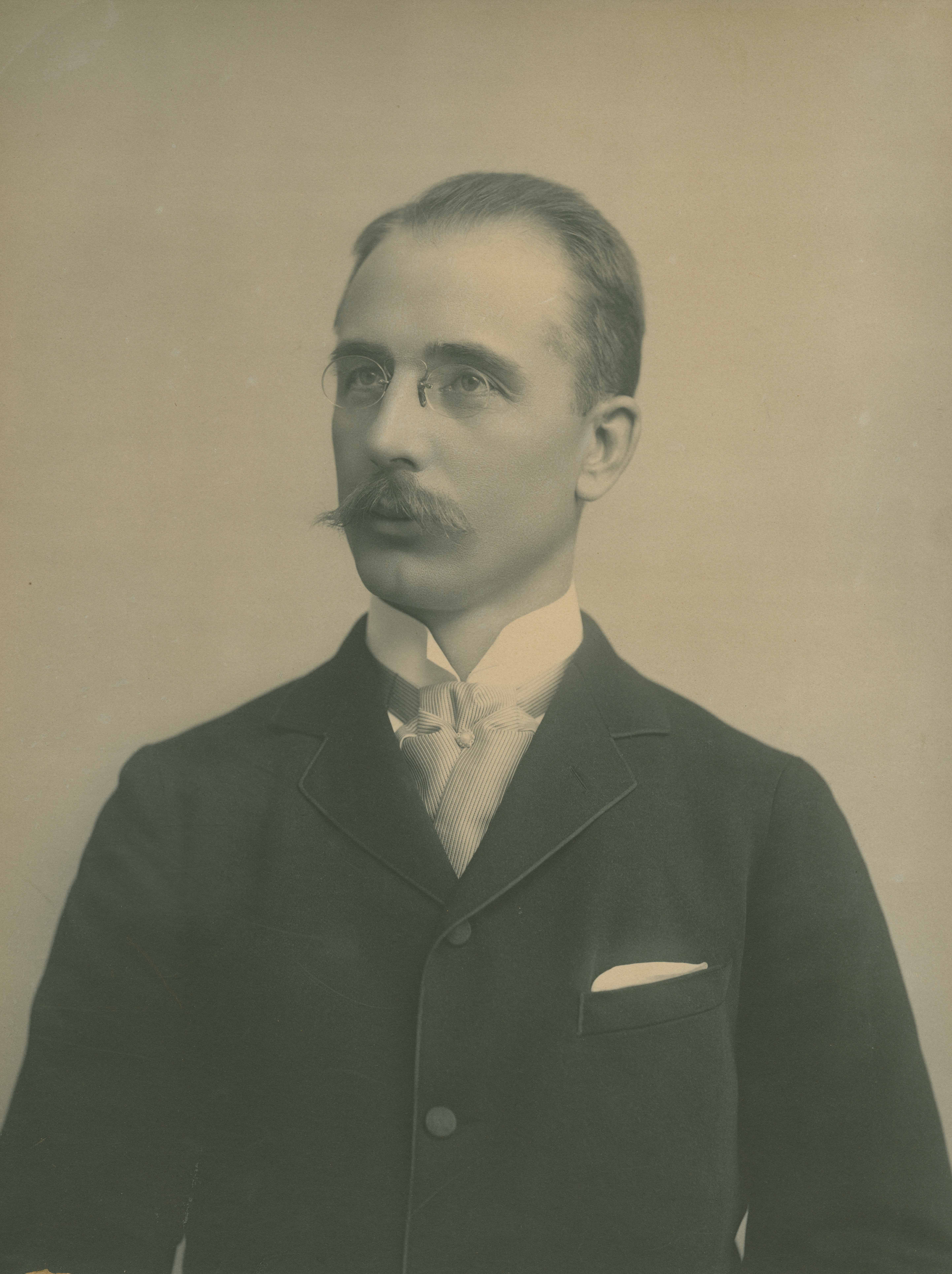
Dr. Christian R. Holmes. This photo serves as a link to the Winkler Center blog, “Dr. Christian R. Holmes, The Cincinnati General Hospital, and the Surgical Amphitheater.”
The history of the “Holmes Hospital” is typically remembered as beginning in the early 1900’s with the construction of the building then and presently located adjacent to Eden Avenue; however, long before that land was developed for such purpose, there existed an original “Dr. C. R. Holmes Hospital” once located on East Eighth Street. This private establishment was made possible through Dr. Holmes collaboration with his associate at the time, Dr. D. T. Vail. Dr. Though Holmes’ wife, Bettie, was perhaps just as indispensable as Holmes himself – she was the supervisor of Holmes’ hospital for more than five years. Opening probably sometime in the very-late 1800’s, for several years it was home to a Nurses’ Training School. Though renovated in 1917, it closed that same year when Holmes took up duties at Camp Sherman. It was never re-opened.


